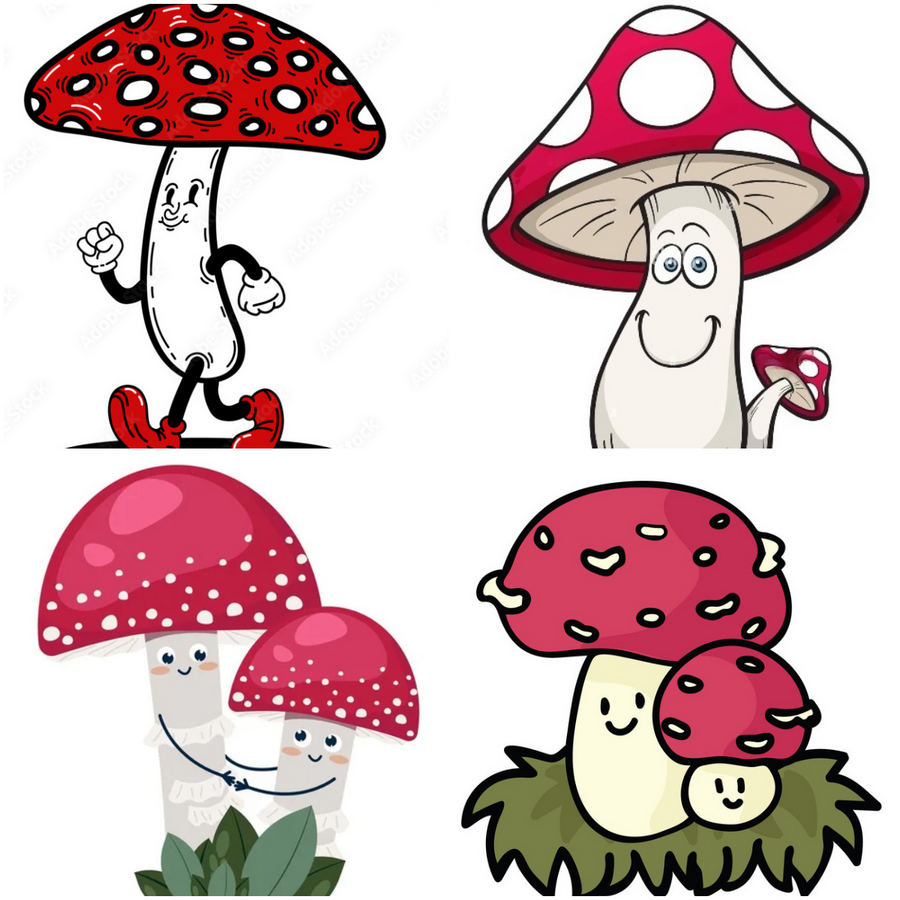Happy winter solstice – shortest day of the year. This is mid-winter and from here the days will be getting longer.
The plants worked this out eons ago. Because plants need sunlight for photosynthesis, daylight is essential for a plant’s growth. During photosynthesis in green plants, light energy is captured and used to convert water, carbon dioxide, and minerals into oxygen and energy-rich organic compounds.
Plants respond to day length by adapting to seasonal changes – photoperiodism. Some animals too react to day length by hibernating, migrating or changing the colours of their feathers or fur.
Many plants contain a protein that can sense changes in day length. Plants react and adapt to changes in day length by altering their flowering time. Root and stem growth as well as leaf retention can be affected by photoperiodism in most plants.
Some plants are ‘long day’ plants and prefer to flower as the days get longer. Others are ‘short day’ plants and like to flower during winter.
 |
| Hakea 'Burrendong Beauty' in a Drouin garden |


.png)
.png)
.png)



